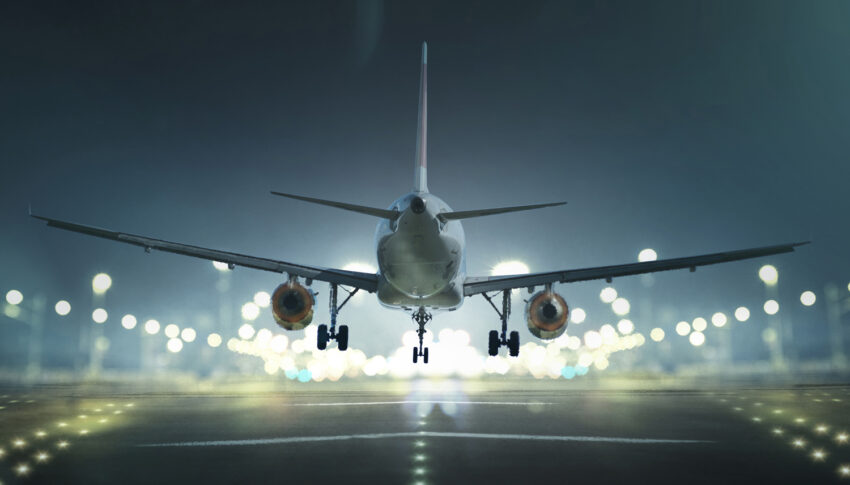If there’s one megatrend overarching all at the moment, it’s sustainability. A thread of acknowledgement that aviation is difficult to decarbonise, yet striving to do whatever can be done, whenever and however it can be done, permeates our discussions across the industry this year. So what’s coming up for sustainability? We sum up our discussions with experts across the industry.
It’s clear that, across the industry, there is a substantial appetite for a more sustainable future. “If you make it, we will fly it” was the message from Virgin Atlantic as it flew the first flight from London Heathrow to New York JFK using a full tank of sustainable aviation fuel (SAF) — a mix in this case of 88 percent HEFA (hydroprocessed esters and fatty acids, made from waste fats) and 12 percent synthetic aromatic kerosene (made from plant sugars).
Speaking at the event, the airline’s chief executive officer Shai Weiss highlighted that “it’s taken radical collaboration to get here and we’re proud to have reached this important milestone, but we need to push further. There’s simply not enough SAF and it’s clear that in order to reach production at scale, we need to see significantly more investment. This will only happen when regulatory certainty and price support mechanisms, backed by Government, are in place.”
Marc Delcourt, co-founder and CEO of Global Bioenergies, also highlights the industry’s goals, telling us that today’s biggest trends include “the clear definition of the 2030 ambitions in the US and in Europe: the US three-billion-gallons grand challenge and Europe’s six percent mandate. We are now just waiting for the clarification in the UK and in Japan. The early mandates in Norway, Sweden, and France are already in place, and starting the production.”
The emergence of synthetic fuels, sometimes called e-fuels, is a positive move, especially as questions continue to be raised about feedstocks that are currently certified and produced. More second-generation biofuels will certainly be needed.
In addition, Delcourt highlights “technology readiness levels — there is a lot of talk, but the proof will be in the pudding — as well as feedstock availability and project financing, with many billions of dollars or euros needed.”
Minds are certainly being focussed within the industry. Fabio Gamba, managing director of ground handling trade group the Airport Services Association, tells us that “the one factor that probably keeps us all awake at night is the one of the greening of the industry, with ever more stringent requests on sustainable aviation fuel, shortening implementation dates, and looming penalties in case of missed targets. This starts to weigh in quite heavily in airlines’ strategies, with direct consequences on the whole value chain.”
In the meantime, where improvements are within reach progress is being made. Andreas Boschen, executive director of the European Union’s SESAR 3 Joint Undertaking, tells us that decarbonisation remains a key area of focus in flight operations, one of the early impactful changes to reduce aviation’s carbon footprint.
“New technologies and procedures in air traffic management, or ATM, can provide a significant and immediate contribution towards making aviation climate neutral, while work progresses on other high impact innovations, such as sustainable aviation fuels and new aircraft,” Boschen tells us. “A campaign is now underway to update the European ATM Master Plan, Europe’s shared roadmap for ATM modernisation, to prioritise the digital solutions that will open the trajectory to a digital and green European sky.”
“Keep an eye out,” Boschen says, “for the results of this campaign next year!”



